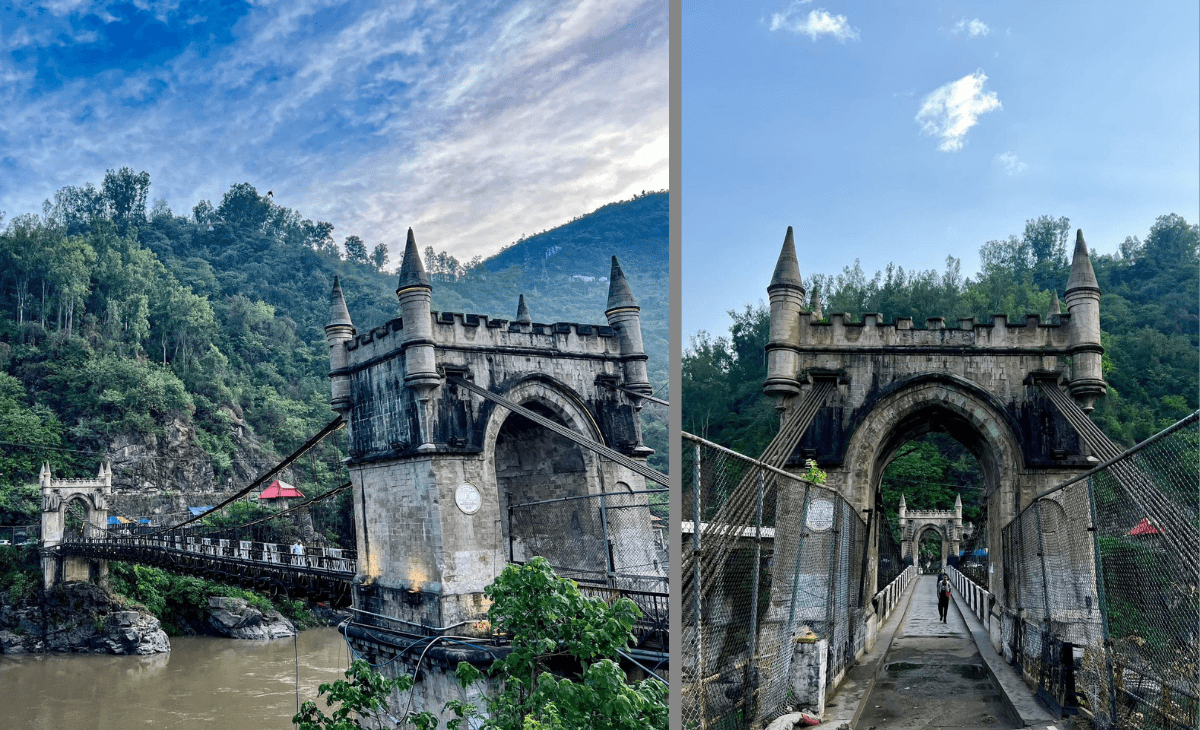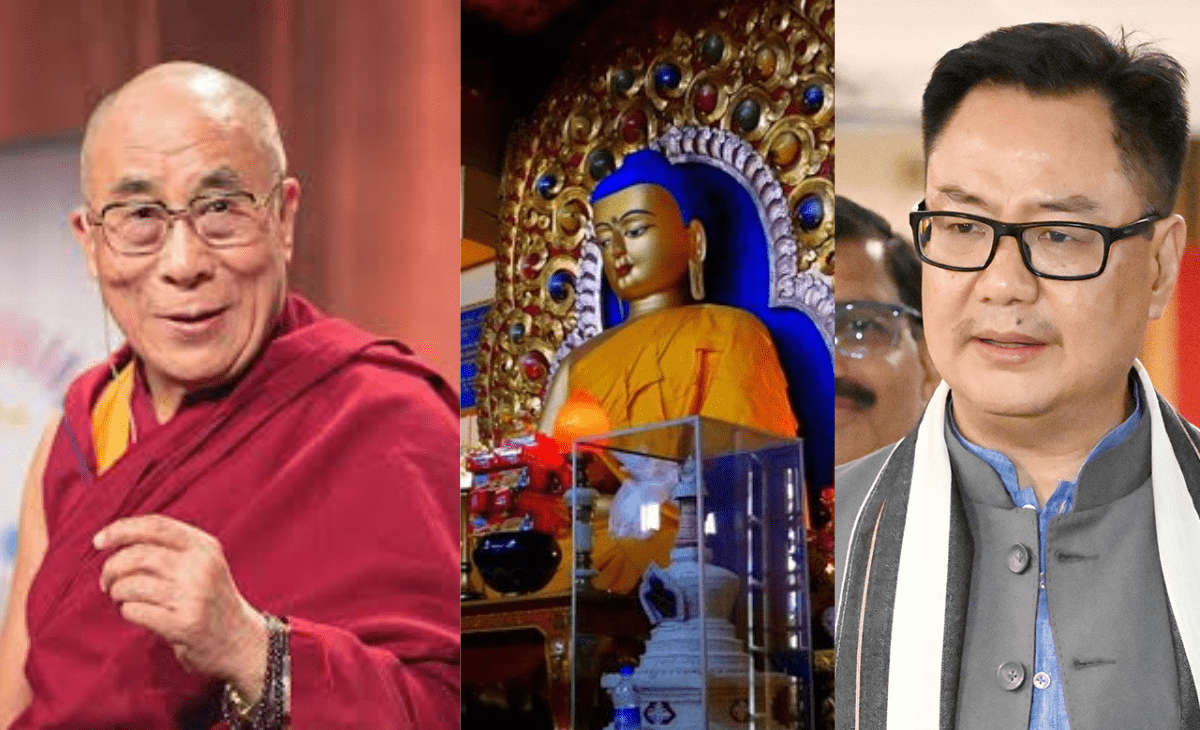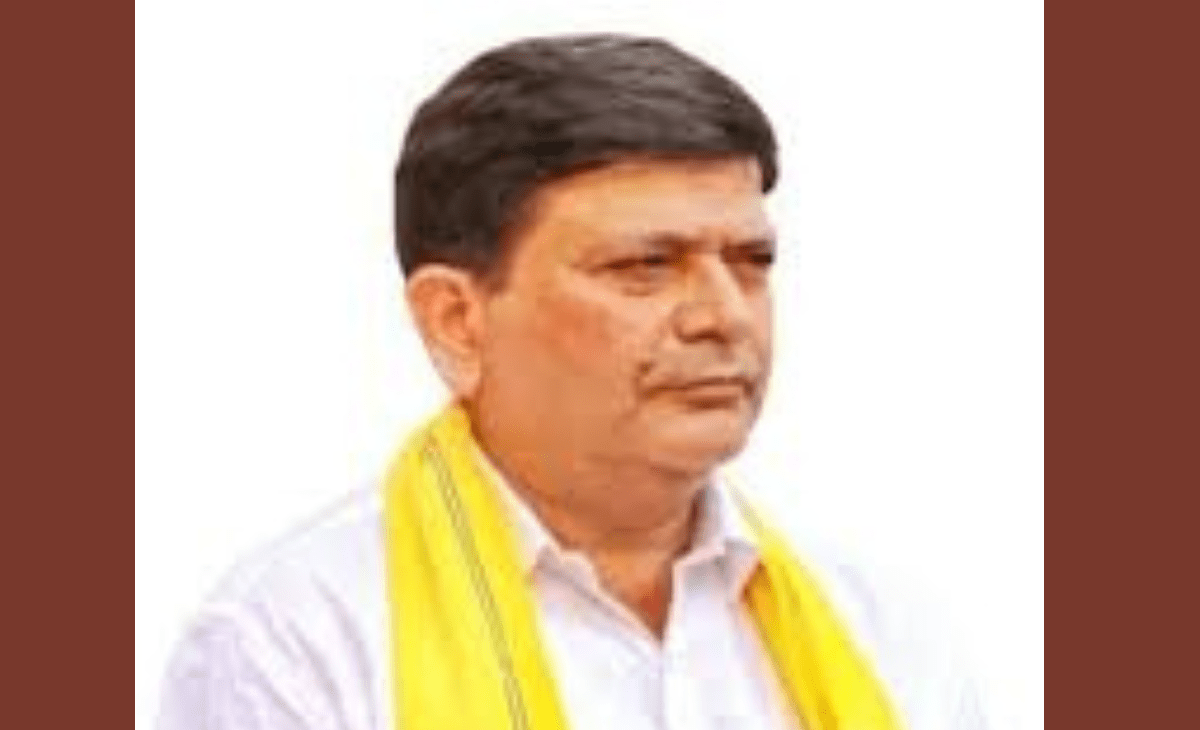76-metre-long suspension bridge built in 1877 at Rs 1 lakh
Munish Sood
MANDI: It began not in the misty hills of Himachal Pradesh but in the heart of Delhi, under the curious gaze of King George V. The year was 1877 and the British Empire was at its grandest. Among the assembled Indian rulers at a royal ceremony stood Raja Vijay Sen of the princely state of Mandi, a small Himalayan kingdom that would soon etch its name into engineering history.
To amuse his guests, King George announced a competition — a race between the symbols of two worlds: a horse and a motorcar. The laughter of English officers filled the air; surely, no horse could outrun the machine that defined the modern age. But fate, it seemed, had a story to tell. Raja Vijay Sen’s royal horse surged ahead, beating the car to the finish line.
The British monarch, both surprised and amused, gifted the king a brand-new automobile — one of the first to be given to any Indian ruler. Yet, when Vijay Sen returned to Mandi, he realised a strange irony: there was no road to drive it on and no bridge to cross Beas river that split his capital in two.
Royal dream forged in iron and faith
Determined not to let the prized car gather dust, Raja Vijay Sen requested the British to build a bridge that would unite Purani Mandi with the new township across the river. The British government agreed — partly impressed by his wit and partly by his willingness to share the cost. The king contributed Rs 1 lakh, a massive sum at the time, towards the construction.
Engineers from London and Calcutta arrived, armed with sketches inspired by the Victoria Bridge over the Thames. By the end of 1877, the Victoria Bridge of Mandi stood complete — a 76-metre-long suspension bridge, elegant in design yet strong enough to withstand the mountain river’s fury.
Locals called it “Vijay Kesari Bridge” — after their ruler — but the British, in keeping with their imperial pride, christened it the Victoria Bridge.
More than a bridge, a symbol of survival
For the next 142 years, the bridge became the beating artery of Mandi’s trade and travel. Long before tunnels and highways, this was the path for army convoys to Leh, for buses from Pathankot, and for the traders who carried the Himalayan produce to the plains.
It endured every flood the Beas could hurl at it — 1905, 1929, 1988 — standing firm when newer structures trembled. What British engineers had predicted to last a century survived four generations, earning the affection of locals who called it “Mandi’s pride” and “the bridge that never sleeps.”
By the mid-2010s, time had begun to take its toll. The steel had grown weary, the wooden planks creaked under the growing weight of vehicles. In 2015, Mandi’s MLA Anil Sharma pushed for a new structure alongside the old one. With support from then Chief Minister Virbhadra Singh, work on the Sardar Patel Bridge began.
After three years and Rs 25 crore in expenditure, the new bridge was inaugurated on December 8, 2019, by Chief Minister Jai Ram Thakur. That same day, Victoria Bridge carried its last motorcar — a poetic full circle to the story that had started with one.
From that day forward, only pedestrians were allowed. The old warrior was retired, not dismantled — a silent guardian beside its younger sibling.
In 2020, the Himachal Pradesh Government, along with the National Culture Fund, organised a “thanksgiving yagna” on the bridge — a ritual rarely seen for a man-made structure. Draped in marigolds, its rusted iron gleamed again. Officials, engineers, priests, and citizens offered prayers to a bridge that had given 142 years of service and survived more than its creators imagined.
It was not just a ceremony but an apology and a tribute to a structure that had carried the weight of an entire region’s history.
Today, the Victoria Bridge stands tall beside the Sardar Patel Bridge — no longer burdened by vehicles, but cherished by tourists, historians and photographers. Its latticework of iron glows golden at sunset, reflecting on the calm waters of the Beas, whispering stories of kings and empires long gone.





